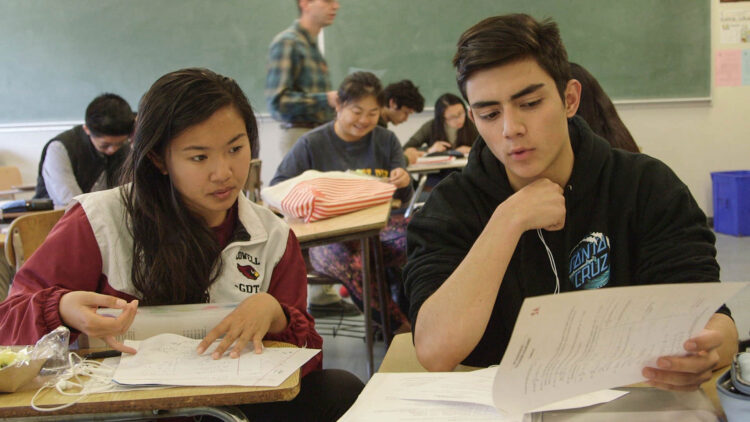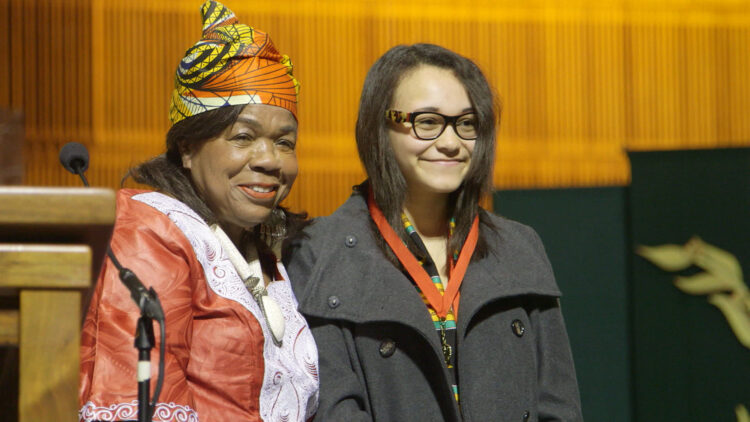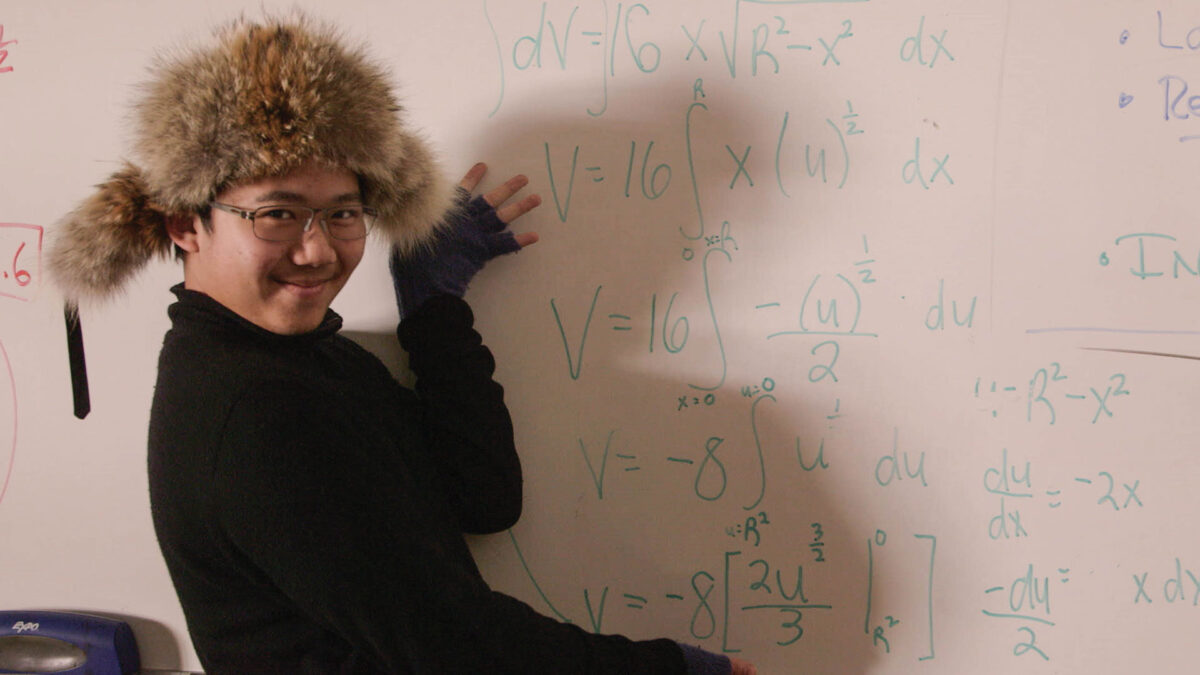Ranked academically above all other secondary schools in San Francisco, Lowell High School is known as an “Asian excellency school.”
Its relentless competitive environment forces its majority Asian student body to study hard and achieve high marks as to gain entry into the top universities in the United States. Debbie Lum’s interesting and sometimes heart-wrenching documentary, Try Harder!, delves into the lives of a handful of its highly motivated but anxiety-ridden students.
It is currently being screened at the Reel Asian Film Festival in Toronto, which runs until November 19, and on VOD platforms starting on December 24.
As might be expected, the students are driven not only by peer pressure but by their parents, who value the benefits of a good education. As one of the students suggests, many of the parents are Chinese immigrants who want nothing more than their children to succeed in America.
The students’ work ethic is such that the school library and computer lab are usually full.
Their shaggy-haired physics teacher, Richard Shapiro, warns them that a B grade average is no longer sufficient for acceptance into an elite institution such as the University of California, Berkeley. The implication is that an A is required today.

Given Lowell High School’s reputation for excellence, 150 universities and colleges send recruiters to interview its best students. Stanford University, one of the finest, is among them, yet it is very picky, as physics teacher Scott Dickerman says.
In his judgment, Stanford seeks an ethnically diverse student body and thus often rejects Lowell High School graduates because they’re widely regarded as “machines” who lack other important qualities necessary to achieve success. In an indictment of Stanford, Shapiro wonders whether its policy is akin to racial profiling.
Try Harder! doesn’t address this sensitive issue directly, but American Jewish students faced a similar problem from the 1920s onward when Ivy League universities like Harvard, Yale and Princeton imposed strict quotas on them that lasted well into the 1950s.
The students profiled in this film, however briefly, run the gamut from Asians to caucasians.
Alvan, the son of Taiwanese immigrants, dreams of being a student at the University of California, Los Angeles. He’s embarrassed when his overly ambitious mother tries to “bribe” a Brown University interviewer.
Rachael, whose mother is black, hopes she can get into Stanford. Unlike most of her peers, who are science-oriented, she leans toward the arts and is interested in creative writing.

Shea, a white Anglo, is an anomaly inasmuch as he comes from a broken home. His unemployed father, an apparent drug addict, has been evicted from his house, prompting Shea to worry whether he’ll have to live with his mother and attend a school in another district. Pulled down by doubts, he wonders whether he possesses “what it takes” to attend a “big” university that will assure him of a prosperous future.
As Try Harder! winds down, Alvan, Rachael and Shea, among other students, reach an agonizing moment of truth when they receive notifications from the universities to which they’ve applied for admission. Some are satisfied. Still others are overjoyed. A fair number are disappointed. As the movie suggests, they will have to try harder.
